1. The Dire Wolf — A Prehistoric Titan
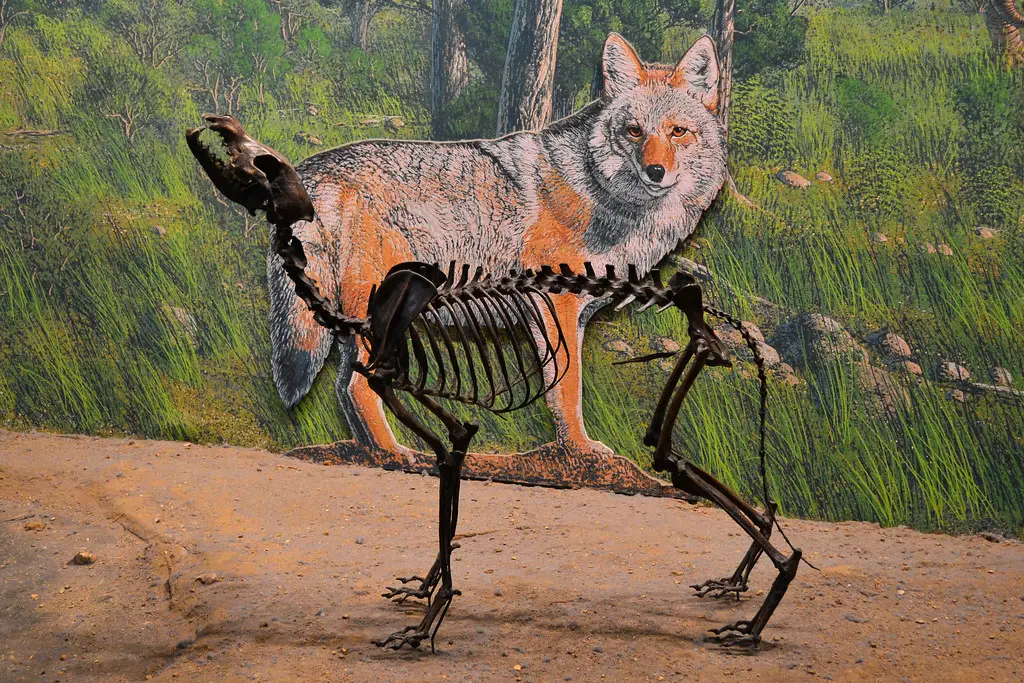
The dire wolf (‘Canis dirus’) is often associated with the Americas, but fossil evidence suggests they may have roamed parts of Europe during the Pleistocene epoch. According to a study published in ScienceDirect, these wolves were larger and more robust than modern gray wolves, boasting powerful jaws and teeth adapted for crushing bone. Their formidable size allowed them to hunt megafauna like mammoths and giant sloths. Dire wolves thrived in Europe’s open plains and forests during an era teeming with prey. However, as the Ice Age came to an end, drastic climate changes transformed their habitat.
The extinction of their primary prey forced them to compete with smaller, more adaptable predators. Unlike the gray wolf, dire wolves struggled to adapt to these rapid changes. Fossil evidence indicates they vanished around 10,000 years ago, marking the end of one of Europe’s most iconic predators. Their disappearance underscores the fragility of ecosystems when key species are lost. Dire wolves remain a fascinating subject for scientists studying prehistoric predator-prey dynamics.
2. The Italian Wolf — From Apex Predator to Endangered Species
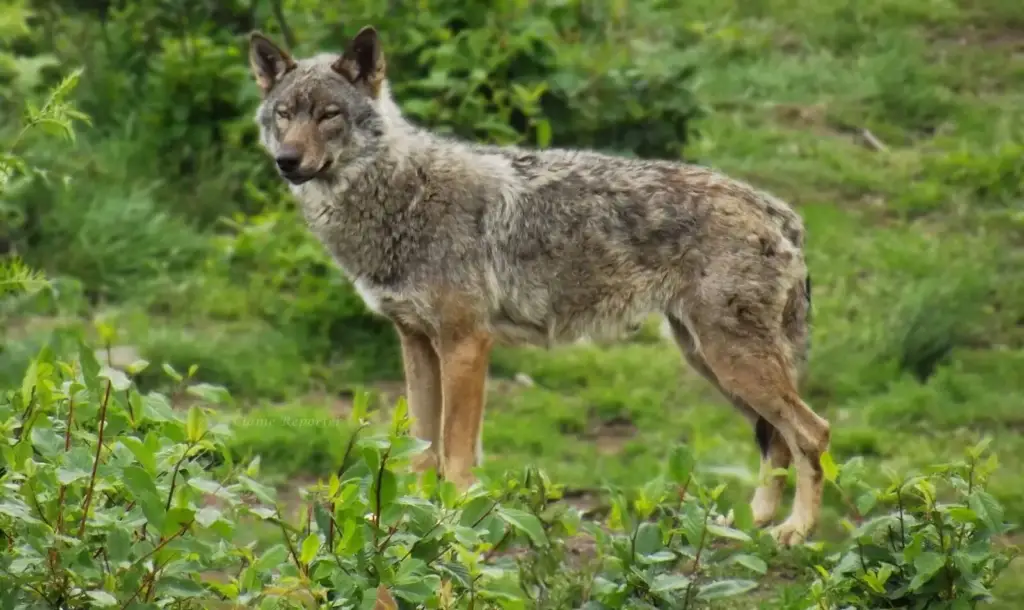
The Italian wolf (‘Canis lupus italicus’) is a subspecies of the gray wolf uniquely adapted to the Apennine Peninsula. These wolves once roamed Italy’s rugged landscapes in significant numbers. Known for their lean build and agility, they thrived in mountainous terrain where larger predators struggled. Despite their resilience, the Italian wolf population began to decline sharply during the 19th and 20th centuries. Habitat destruction caused by agriculture and urbanization reduced their hunting grounds. Additionally, wolves were hunted relentlessly due to widespread fears and conflicts with livestock owners.
According to a study published in the National Library of Medicine, the Italian wolf’s population dwindled to just a few hundred individuals by the 1970s. Fortunately, conservation efforts, including legal protections and habitat restoration, have helped stabilize their numbers. Today, the Italian wolf is a symbol of resilience and a testament to successful conservation strategies. However, challenges remain as they face ongoing threats from poaching and genetic isolation. Ensuring their survival requires sustained efforts and public education to mitigate human-wolf conflicts.
3. The Iberian Wolf — Ghost of the Spanish Hills
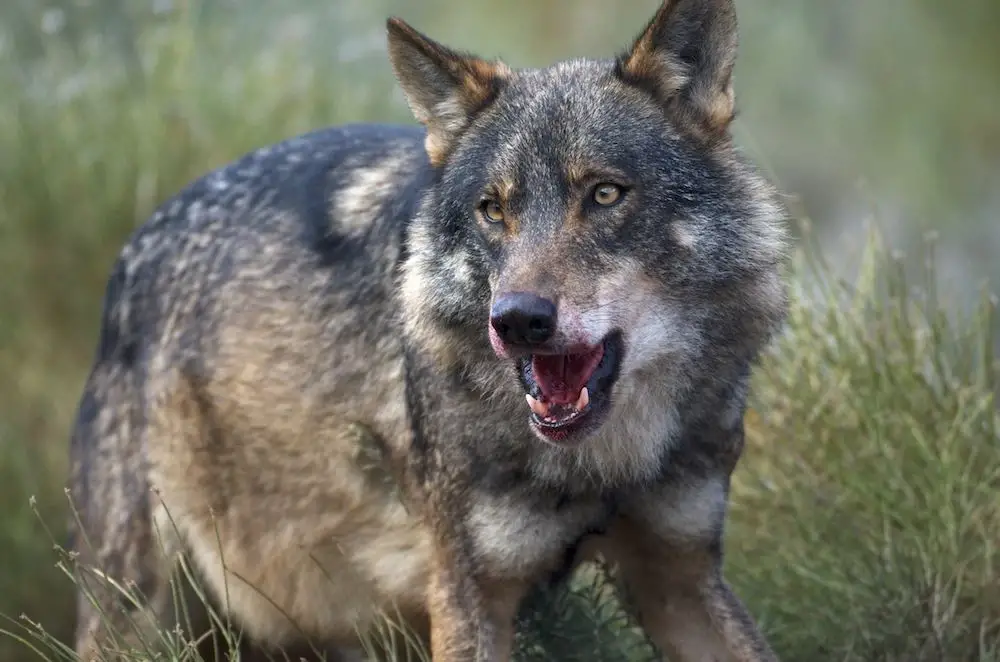
The Iberian wolf (‘Canis lupus signatus’) is a smaller, uniquely marked subspecies of the gray wolf native to Spain and Portugal. Its name, “signatus,” refers to the distinctive black markings on its forelegs and tail. These wolves were once widespread across the Iberian Peninsula, inhabiting diverse environments from dense forests to open plains. Historically, they played a vital role in regulating prey populations and maintaining ecological balance. However, by the mid-20th century, the Iberian wolf faced near-extinction due to aggressive hunting campaigns, as discussed in a study published in Molecular Ecology. Livestock predation and fear-driven eradication efforts decimated their numbers.
Conservation efforts have allowed small populations to survive in remote areas, but their range remains fragmented. Today, Iberian wolves symbolize both the fragility of ecosystems and the potential for coexistence. Protecting them requires addressing habitat loss, promoting tolerance among local communities, and ensuring genetic diversity. Their survival depends on a balanced approach that prioritizes both ecological and human needs.
4. The Eurasian Wolf — A Continent-Wide Decline
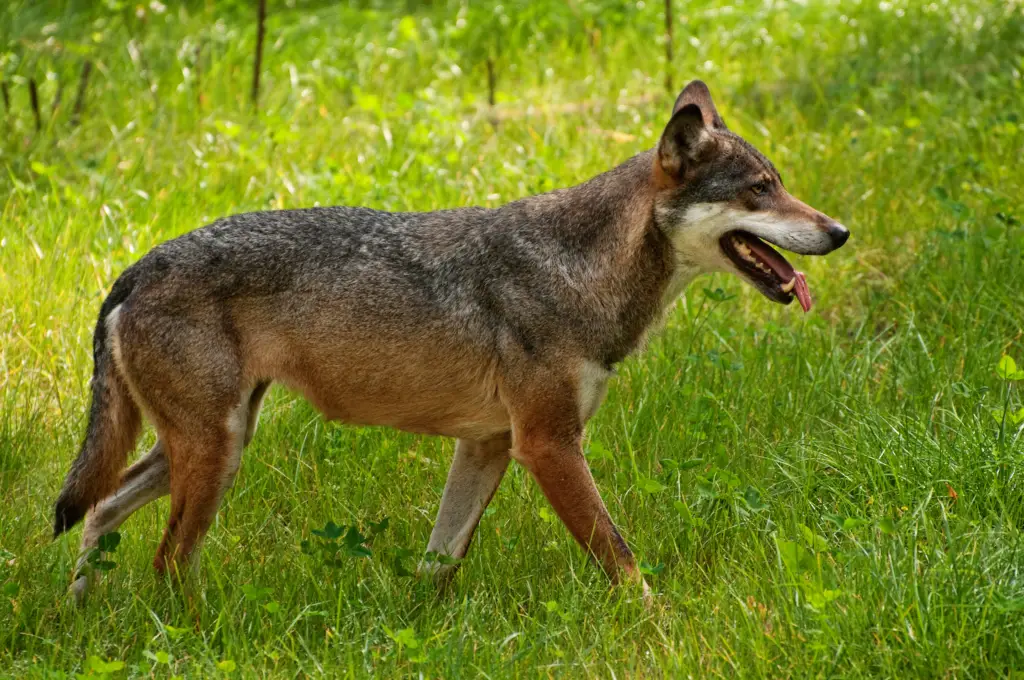
The Eurasian wolf (‘Canis lupus lupus’) is the most widespread gray wolf subspecies, once thriving across the vast landscapes of Europe and Asia. Known for their adaptability, these wolves occupied diverse habitats, from tundras and forests to grasslands. According to Rewilding Europe, they played a crucial role as apex predators, controlling prey populations and supporting ecosystem health. However, human expansion drastically reduced their numbers and range. Urbanization, deforestation, and agricultural development encroached on their habitats.
In many regions, wolves were hunted to extinction through organized campaigns fueled by fear and economic conflicts. By the 20th century, the Eurasian wolf population had plummeted, with surviving packs confined to remote areas. Despite their decline, conservation initiatives have facilitated a slow recovery in parts of Europe. Reintroducing wolves to areas like the Alps has highlighted their importance in restoring ecological balance. Nevertheless, their future remains uncertain due to persistent human-wolf conflicts and habitat fragmentation.
5. The British Wolf — From Legend to Loss
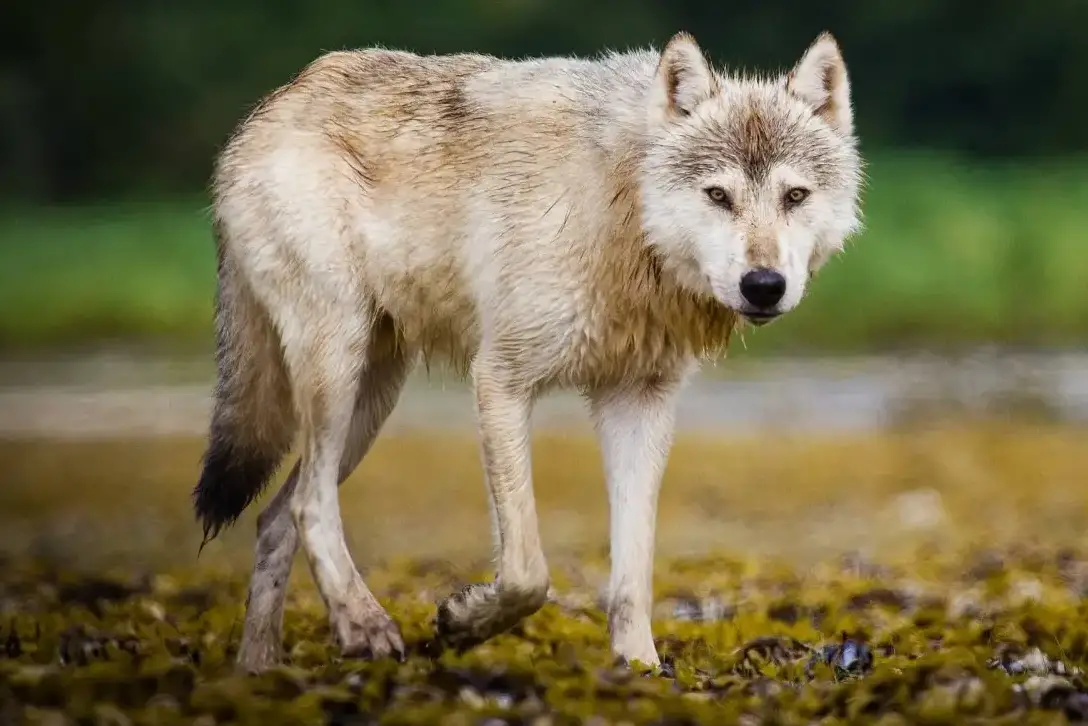
Wolves once roamed the forests, hills, and moors of Britain, inspiring numerous legends and myths. These animals held a prominent place in British folklore, often portrayed as both noble and fearsome creatures. During the medieval period, wolves were common across England, Scotland, and Ireland. However, as human populations grew, wolves became targets of eradication efforts. Overhunting, coupled with deforestation, drastically reduced their numbers.
By the 15th century, according to Wolves Live, wolves had disappeared from England, followed by Scotland in the 17th century and Ireland in the late 18th century. Their extinction marked the end of a species deeply intertwined with Britain’s natural history and cultural identity. Today, debates about reintroducing wolves to the UK spark both hope and controversy. While some view it as an opportunity to restore ecological balance, others fear potential conflicts with agriculture. Revisiting the history of British wolves underscores the long-term consequences of human actions on wildlife.
6. The Alpine Wolf — Forgotten Majesty of the Mountains
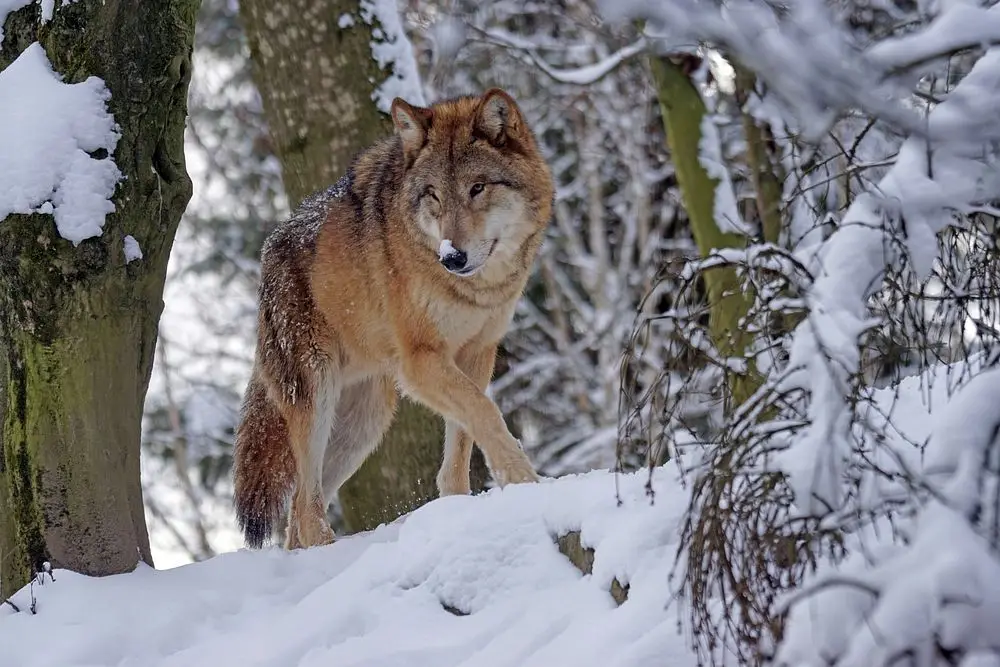
The Alpine wolf was a unique population of gray wolves that inhabited the high-altitude regions of the Alps. These wolves were well-adapted to the harsh conditions of mountainous environments, where food was scarce, and winters were severe. Historically, they played a key role in controlling herbivore populations, preventing overgrazing. However, the expansion of human settlements and agriculture in the Alpine region led to their decline.
By the early 20th century, intensive hunting campaigns had driven them to extinction in most of their range. Their disappearance disrupted local ecosystems, highlighting their importance as a keystone species. In recent years, efforts to reintroduce wolves to the Alps have shown promising results. Conservationists are working to balance ecological restoration with addressing the concerns of local communities. The story of the Alpine wolf serves as a reminder of the delicate relationship between humans and nature and the possibility of coexistence.


